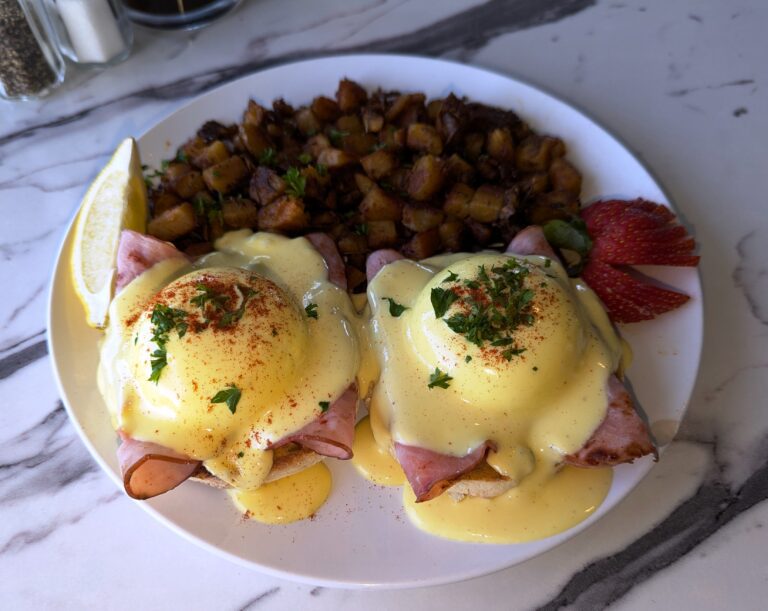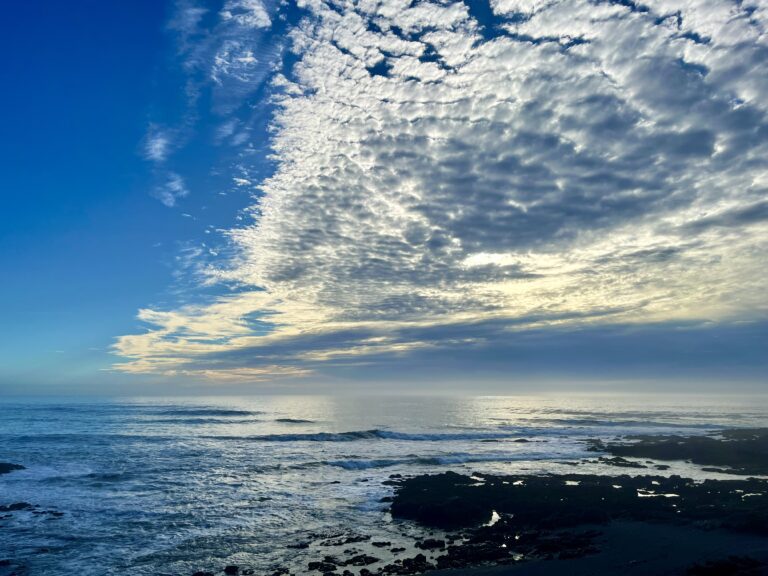The Lost Coast is aptly named for a reason. If you’ve never traveled to this hidden corner of Humboldt County, you can’t begin to appreciate just how lost it is. The region is so remote, that it’s hard to imagine how early settlers found their way to places like Shelter Cove and Whitethorn.
Any trip to Shelter Cove requires determination. No matter your starting point, remote highways will test your GPS and patience to take it slow. Leaving Highway 101 at Redway, you traverse many miles of narrow two-lane roads – twisting and turning. You’ll climb through forests of the King Range National Conservation Area and mountain peaks where snow falls above 3,281 feet a couple of times per year. Perseverance will bring you, at long last, to the Pacific Ocean views.
The Lost Coast is one of California’s largest wilderness areas, with 67,500 acres of undeveloped land. It also contains the longest undeveloped Pacific coastline (The Lost Coast) in the continental United States. Hikers and backpackers seek solitude and magnitude. Many miles long, the Lost Coast Trail (more than 24 miles from north to south) requires a Backcountry Permit for overnight camping.
Happy memories of Shelter Cover remained the same. There have been some wonderful changes in the 18 years since my last visit, including new restaurant offerings and local brews. Considering Shelter Cove’s remote location, dining selections are excellent. However, it’s best to call ahead for times and days of operation. Visiting in mid-October, we found many locations closed during the week – sometimes only open Thursday-Sunday. We enjoyed local cuisine including a divine breakfast at the Surf Point Coffee & Bistro. Featuring house-made baked goods and local coffee, the bistro is open for breakfast and lunch. The Eggs Benedict was superb. Gyppo Ale Mill was our dining option for two nights of our Shelter Cove stay. Cold beers on tap – great selections brewed in-house. The first night we shared fish tacos – locally, incredibly fresh Rockfish. They were so yummy; more than enough for the two of us. A Venezuelan restaurant, Mi Mochima, serves authentic and delectable cuisine. We enjoyed sangria, fresh fish, yucca fries, and empanadas. Plan ahead; they are very popular.
The journey to scenic beauty and astonishing adventures is endless. Take Beach Road to Black Sands Beach just north of Shelter Cove. Enjoy hiking and awe-inspiring ocean views. Commercial fishing is a historic part of Shelter Cove’s past and present. Both local and visiting anglers come to cast their lines at this coastal location. The drive to explore the Redwoods Monastery was another long and winding road. The website said we could buy honey and other gift items from their shop. That was enough to entice us to drive the 15 miles (taking longer than imagined) from our Shelter Cove Inn. Founded in 1962 from the Cistercian Monastery of Nazareth in Belgium, Redwoods Monastery is a small community of Roman Catholic women monastics. The story of how they made their way to this remote corner of Humboldt County is more than remarkable.
This was an accidental adventure we’ll never forget. The wide meadow provides an unobstructed view of all the Monastery buildings. The construction is almost entirely coast redwoods with some concrete accents. At first look, we noticed the minimalism, but the most amazing part was the chapel. Once inside, we were overwhelmed by its elegant simplicity. Large windows streamed light into the room. The silence was ringing in our ears. Out of respect, we took no photos. It was an emotional moment. From there, we went to the gift shop and purchased jars of Monastery creamed honey, lavender soap, and beautiful cards featuring native flowers. Private and silent retreats, allow visitors to spend days/nights at the Monastery, must be booked well in advance.
There are several lodging options including hotels, campgrounds, and vacation rentals. Be sure to book ahead. Shelter Cove is most definitely a bucket list destination.





